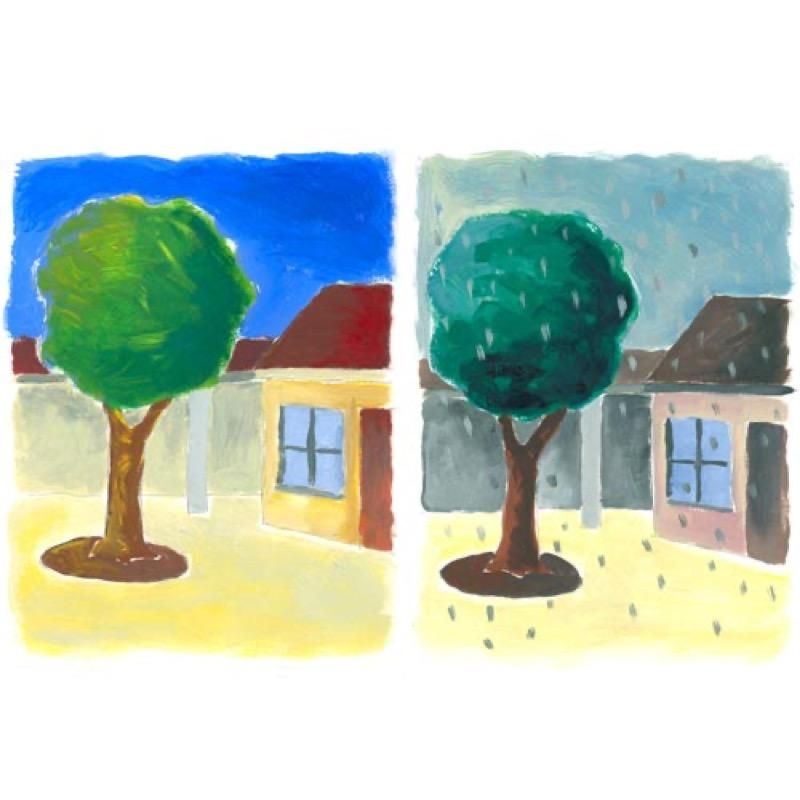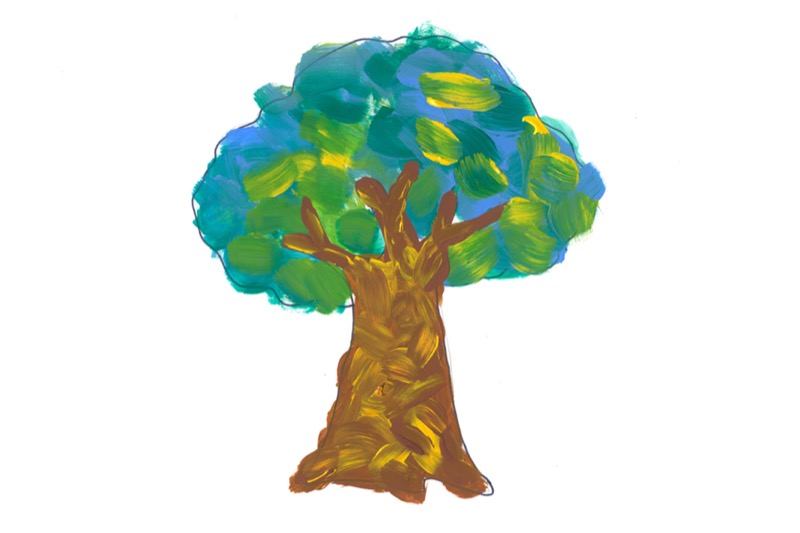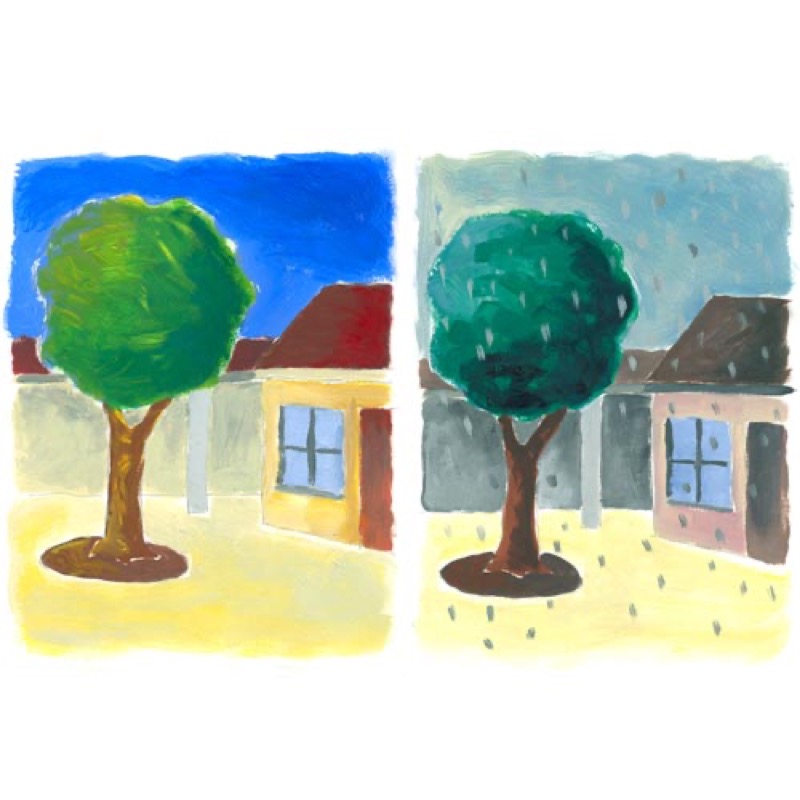Context and analysis of the œuvre
Context
At the end of the 19th century, a small group of young painters who broke away from the conventions of traditional painting gathered in private workshops to give free rein to their imagination and desire to create something different. There we find Édouard Manet, Edgar Degas, Auguste Renoir, Claude Monet, Paul Cézanne and Camille Pissaro. Today these names are celebrated, but at the time they were literally shouted down by critics and shunned by the general public.
Taking advantage of innovations such as paint in tubes and the portable easel, they left to explore France and the neighbouring countries to capture the changing city and countryside landscapes on their canvases.
In 1863, Édouard Manet's "Luncheon on the Grass" was banned from the Salon de Paris exhibition as it was considered to not conform with the artistic directives and correct customs of the time. In fact, it depicted a nude woman in a natural environment and not mythological or historical.
Outraged by this refusal, the group of artists organised the "Salon des Refusés" (Exhibition of the Refused), a parallel exhibition in the workshop of a Parisian photographer, Nadar.
This is where Claude Monet presented his "Impression, sunrise" and became the target of an art critic who wrote an acerbic article, "L'éxposition des impressionnistes" (The Impressionist Exhibition) to denounce the unfinished aspect of the works.
He unknowingly gave the name to one of the most successful movements in modern art history, and was perhaps the reason that this group of dissidents exhibited together no fewer than seven times before 1886!
Analysis of the work
1. In terms of form
"Impression, sunrise" is an oil on canvas painting (43cm x 63cm), now exhibited at the Musée Marmottant in Paris.
It depicts a view of the old port of Le Havre that Monet painted during a stay in the city of his childhood.
It is possible to divide this image into three parts: the first two thirds depict the sea and the port, and the third is given over to the sky.
2. In terms of technique
Like Delacroix and the other Impressionists, Monet preferred pure, primary and complementary colours. He painted on light backgrounds to reflect the light and proceeded with his paintbrush to do small, quick touches, kind of small commas on the canvas.
In Monet's work, there are practically no straight lines and it's those touches of colour that evoke form, the mineral or vegetal material, and the movement of natural elements.
Often, Money painted the same motif over and over to work on the effect of the different lights on the atmosphere or the materials.
3. In terms of meaning
An admirer of the English painter William Turner, Monet painted until 1890 landscapes such as the port in "Impression, sunrise", but also cathedrals, bridges, portraits and cities. After this date, he devoted his time even more to landscapes because he wanted to immortalise the immediacy of natural phenomena on the canvas, as well as the effect of time passing.
4. In terms of use
One can quite easily compare impressionism to photography. Like a photographer would do, Monet looked to capture the fleeting instant and replicate on the canvas all the subtle variations of a landscape or an object depending on the day, the time or the season.



